Our sailing route in Greece
We entered Greece in the town of Pylos, on the 1st of June 2019. Pylos is situated on the most westerly side of the Peloponnese peninsula. From there we were going East. We were under time pressure as we had to pick up Peter Harken and his wife Edit from Athens, in only 5 days. Distance from Pylos to Athens is approx. 205 NM. So we had to sail at least 40 nm every day!! Not much time for exploring! Also, we wanted to be out of Greece at the end of the month of June. So we had a lot of sailing to do in 30 days, including picking up friends in Athens, Kefalonia, and Preveza ….
Sailing around the Peloponesse
Circumnavigation of the Peloponnese can be a challenge because of the many different weather conditions. On the other hand, it can be very rewarding because of the variety of its ports and anchorages and the opportunities for sightseeing this part of Greece steeped in history. The Peloponnese or Peloponnesos (Greek: Peloponnisos [peloˈponisos]) is a peninsula and geographic region in southern Greece. It is connected to the central part of the country by the Isthmus of Corinth land bridge which separates the Gulf of Corinth from the Saronic Gulf.
The Peloponnese is a peninsula that covers an area of some 21,549.6 square kilometers and constitutes the southernmost part of mainland Greece. While technically it may be considered an island since the construction of the Corinth Canal in 1893, like other peninsulas that have been separated from their mainland by man-made bodies of waters, it is rarely, if ever, referred to as an “island”. It has two land connections with the rest of Greece, one at the Isthmus of Corinth, and one at the Rio–Antirrio bridge (completed 2004).
The weather in the Peloponnese
The weather while circumnavigating the Peloponnese can be quite challenging. So better be prepared of having unstable and unpredictable winds! Every time you “sail around a corner” be aware of very strong winds! Especially in the most southern part. That is what we experienced. Five stretches of water surround the peninsula: the Myrtos Sea to the east, the Ionian Sea to the west, the Gulf of Patras and the Gulf of Corinth to the north and the Mediterranean sea to the south.
Eastside
The weather of the Aegean Sea dominates, conditions, however, tend to be milder. The summer weather in the Aegean is dominated by the Etesian winds (Meltemi in Greek, Meltem in Turkish) which comes from the NE in the north and west Aegean and from the NW in the south and east. Usually, it is a light sailing breeze of force 4-5 in the early morning hours but as the day progresses it strengthens to 5-6 by the afternoon and subsides by sunset. However, from middle June to mid-September you can count on the Meltemi to become a gale of force 7-8 and occasionally 9. These gales usually last 3-4 days. From October to mid-May the probability is equal for either northerly or southerly winds. Winds of force 10 are not uncommon in the winter months. Violent thunderstorms are also probable by late October to early May. The southern winter winds are particularly treacherous and unpredictable.
Southside
The weather here is influenced by the capes. The winds during the May – October period tend to be from the NE seldom exceeding force 4. During the November -April period they are from the SE often at gale force. But, because of the high mountains, there can be ferocious gusts, especially near Capes Tainaron and Maleas. There is a popular Greek proverb among sailors: Stay ten miles off Cape Malea and from Cape Grosso ten and then ten more. Another problem here is that the weather, because of moving depressions between Maleas and Crete, can deteriorate very quickly especially during the spring and fall months. During the summer months, there can be thunderstorms and squalls near the shore.
Westside
The summer weather in the Ionian sea is dominated by an NW to WNW wind, the Maistro. In general, this wind is less strong, force 2 to 5, and more steady then the corresponding Meltemi in the Aegean. Nevertheless, a sailor must take watch out for gusts when sailing along the lee side of tall islands and be aware that in the evenings there may be Katabatic winds from the tall mountains, of force 5 to 6 and from the NE. A Katabatic is a wind that carries high-density air from a higher elevation down a slope under the force of gravity. Such winds are sometimes also called fall winds. From the October until mid-May the wind can be either from the north of from the south with several gales, usually from the S to SE. At this time, waterspouts are also possible. These usually can be detected on the radar and avoided but the sailor must keep a good watch. In the spring and the autumn, there can be frequent thunderstorms with accompanied squalls. Corfu has the highest rain fall in Greece.
Northside
Gulf of Patras region and the Gulf of Corinth region. The prevailing wind in in the summer is from the west and it rarely exceeds force 6. Like the meltemi, it reaches it peak in the middle of the day and subsides in the evening. In the autumn and spring, the wind can be either from the east or from the west. Danger: From the late autumn to the early spring the weather can be very volatile with violent thunderstorms and waterspouts.
Agricultural diversity
The peninsula has exceptional agricultural diversity: luscious fields of grain and vegetables with citrus plantations and miles of olive groves. The olive tree is therefor the emblem of the Peloponnese; with the olive oils of Kalamata and Laconia considered among the best of the world. Also, you find here the premier vineyards of Nemea and Mantineia. The Peloponnese is none other than agricultural production. It is no wonder that the region’s economy relies heavily on local produce: lemons, oranges, dates, figs, artichokes, potatoes, wheat, olives, rice, raisins, cotton, and tobacco are found in abundance here. Moreover, local communities depend on cattle-breeding and sheep-breeding, with fishing practiced in the coastal areas of the peninsula. Almost every area of Peloponnese has something “natural and amazing”; whether it is a single ingredient, a main type of food, or a byproduct: olives from Kalamata, feta cheese from Kalavryta, cured pork from Mani, eggplant from Leonidio, raisins from Aigialeia, or currant (grapes) and Pleurotus mushrooms from Corinth. In this respect, culinary habits, though simple and direct, vary from one place to another. Having all these fresh ingredients available makes the food experience in the Peloponesse exceptional. Every dish is made with fresh and local products.


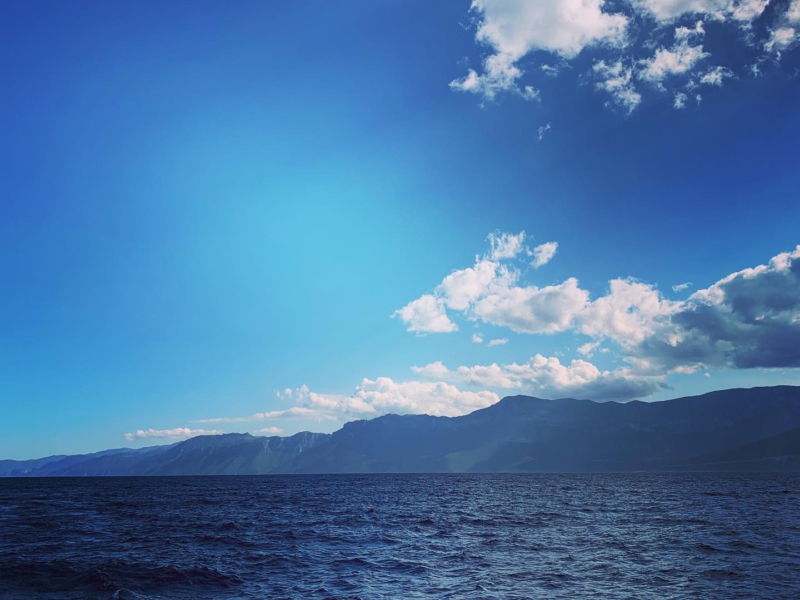
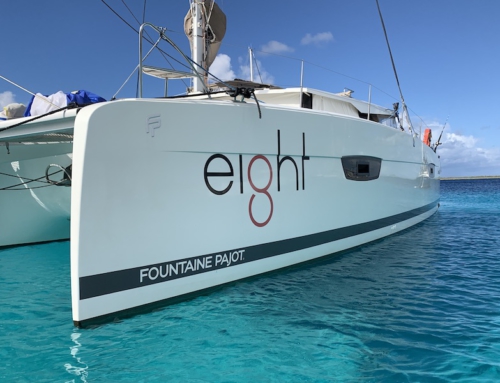
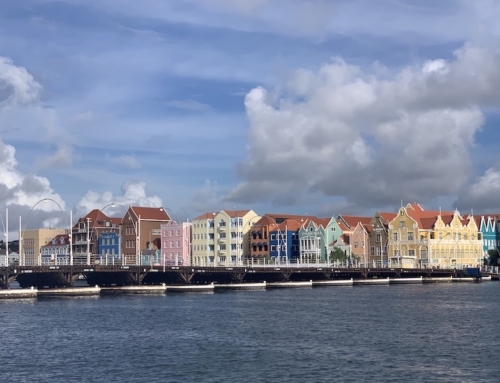
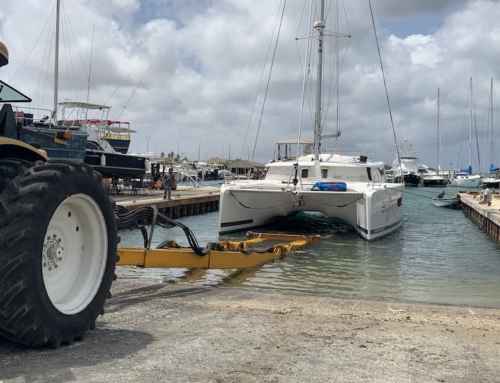
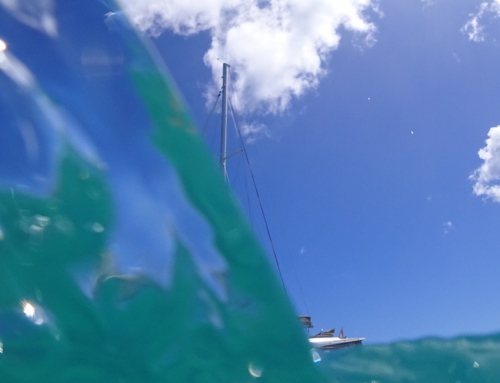
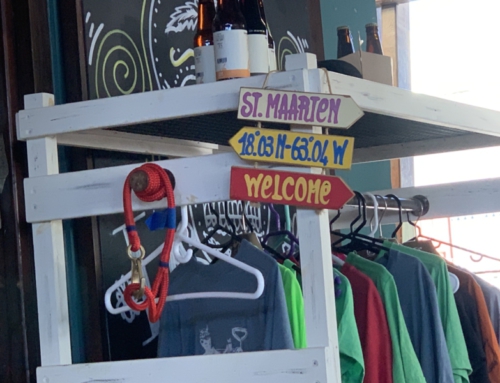
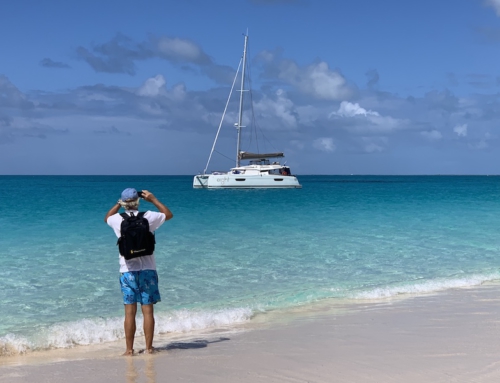
Leave A Comment